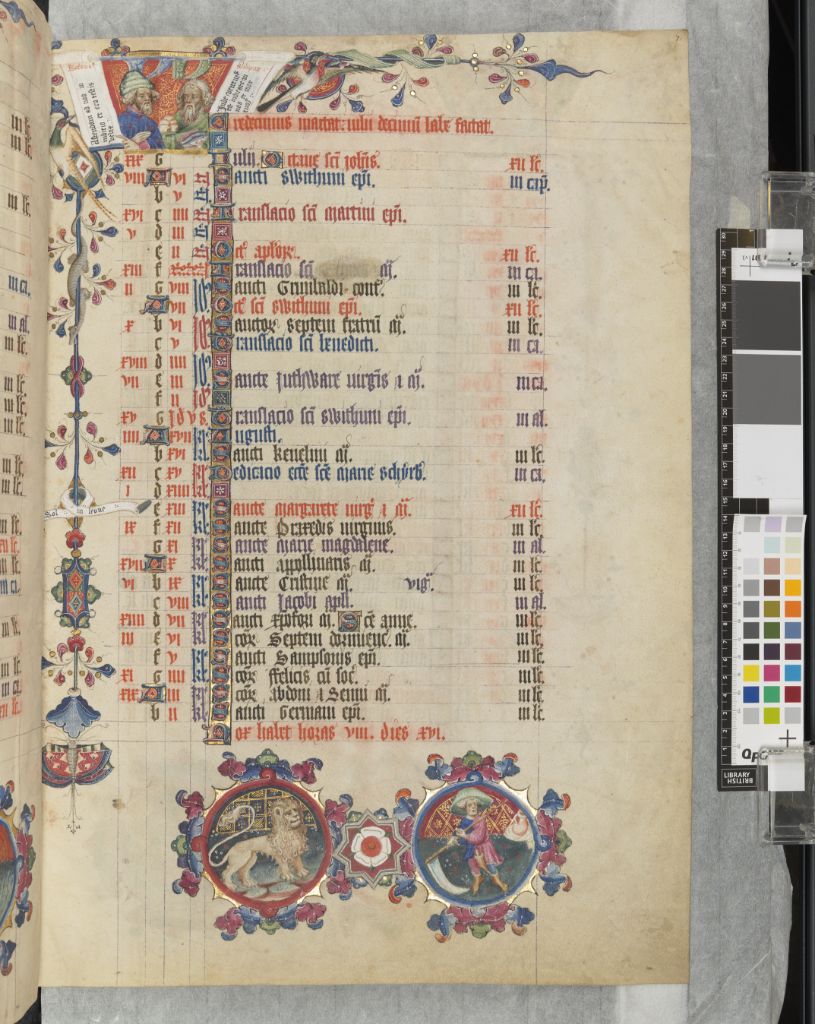
So I thought about going to a museum in Boston today before Omicron shuts them all down but it's damp and foggy and cold and so I think I'll spend the day thinking about interesting paleographical features of the #Voynich manuscript instead. Here comes a Voynich paleography 🧵 



Among the most unusual symbols in the manuscript are these, known to Voynichologists as “gallows.” There are four, classified by the number of legs and the number of loops. For convenience, we call them (l-r, t-b) f, p, k, t. 

Gallows behave in interesting and not-yet-understood ways. They appear to be able to be ligated, like these specimens: 

Why does any of this matter? If we’re going to be able to untangle the content that (probably) lies behind these symbols, we have to understand how they are used, orthographically, contextually, grammatically, and paleographically.
In order to facilitate complex linguistic analyses by linguists like @anggarrgoon, it’s important to parse these complex combined symbols. Linguists need unambiguous data. Paleographical study can help untangle these ligated and interfixed series. Off I go...
• • •
Missing some Tweet in this thread? You can try to
force a refresh













